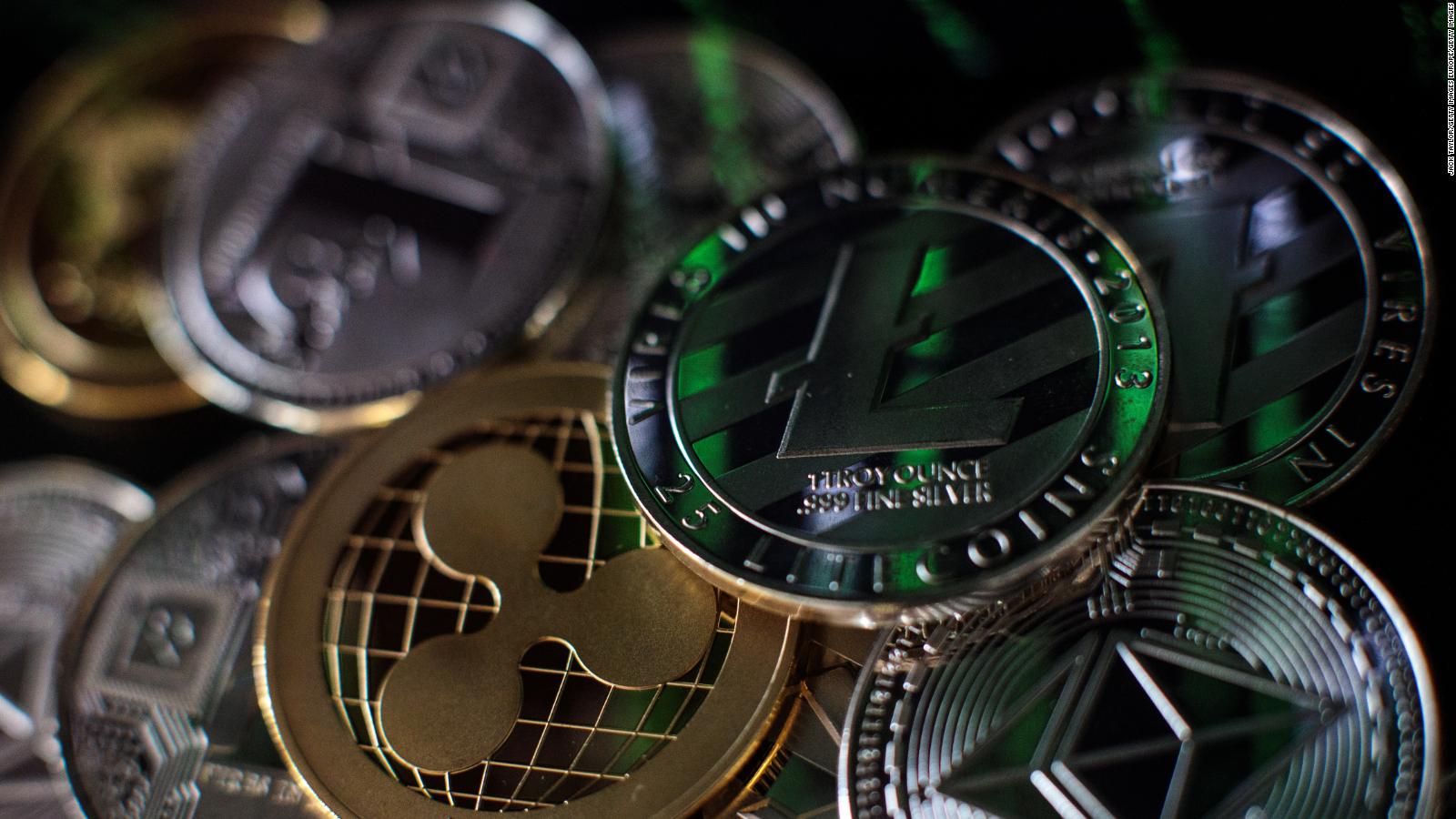Investors in stocks, bonds and commodities are on edge right now. But in the crypto market, unease turned to outright panic, drawing the attention of regulators in Washington charged with maintaining financial stability.
What’s going on? As of last Friday, the price of bitcoin had plunged nearly 50% from its all-time high as traders—concerned the Federal Reserve’s attempt to combat inflation could push the economy into a recession—abandoned investments. more risky.
But in recent days, the implosion of TerraUSD, a high-profile crypto experiment, has fueled deeper anxiety. On Thursday, Tether — a popular “stablecoin” heralded as a safe place for crypto investors to park their cash — broke its peg to the US dollar, sparking further concerns. The price of bitcoin fell as low as $26,350.
“If we see this going on for several days, then we will start to get quite concerned,” said Marcus Sotiriou, a crypto analyst at digital asset broker GlobalBlock. “The implications are so big. It’s just unknown.”
What are stablecoins and how do they work? 1:06Traditional stablecoins like Tether have become the foundation of the cryptocurrency market as they are theoretically fully backed by tangible assets. A digital currency can be redeemed at any time for $1, which serves as a hedge against volatility. Given the notorious market swings, its use among crypto firms, exchanges, and traders has skyrocketed.
The Federal Reserve estimates that the value of stablecoins has “grown rapidly over the past year,” surpassing $180 billion in March.
The boom helped fuel the rise of algorithmic stablecoins like TerraUSD. These coins are also technically worth $1. But they are not backed by tangible assets and instead use financial engineering to maintain their peg.
The entire sub-industry has experts worried, including the Federal Reserve. In a report released earlier this month, the central bank said there is little clarity about what actually supports stablecoins, noting that a few big players dominate a market with little oversight. A loss of confidence, then, could trigger a devastating run, which in turn could sink confidence in the entire digital economy.
It is not clear that this is what is happening now. But as stablecoins churn, that’s the risk.
TerraUSD first hesitated and broke its parity with the US dollar last weekend. It fell as low as 23 cents on the dollar on Wednesday before regaining some ground. It was last trading at 58 cents on the dollar after its creators announced an emergency intervention.
“This is exactly the ‘death spiral’ that a lot of people predicted,” said Henry Elder, head of decentralized finance at Wave Financial, a digital asset manager.
Tether was below 99 cents on the dollar, dragging down bitcoin as well. The most popular cryptocurrency, which is supported by a growing number of traditional investors, has plunged 10% in the last 24 hours.
After all, crypto assets continue to make up a very small part of the overall financial system. But powerful people like Treasury Secretary Janet Yellen are paying attention, fearful the situation could create nasty and unpredictable aftershocks for investors of all stripes.
“A stablecoin known as Terra USD experienced a run and its value decreased,” Yellen said when she testified before the Senate earlier this week. “I think that just illustrates that this is a fast-growing product and there are risks to financial stability.”

